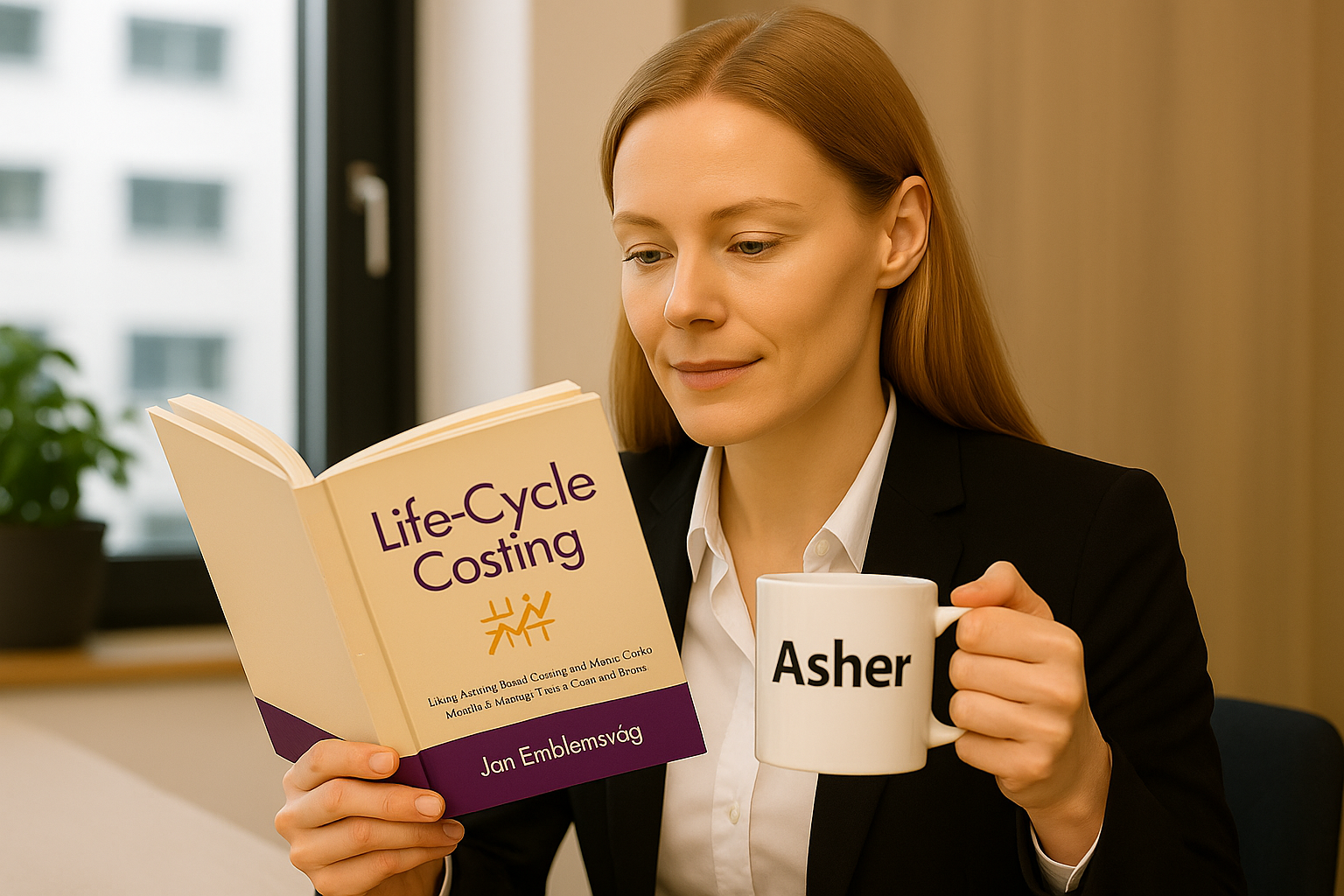In today’s unpredictable economy, traditional profit metrics fall short. They often ignore uncertainty, future risks, and the hidden costs that accumulate across a product’s life cycle. This is where Life-Cycle Costing (LCC), by Proffesor Jan Emblemsvåg, comes in.
LCC is a methodology that goes beyond standard accounting. It maps every cost of a product or service from design to disposal, while integrating Activity-Based Costing (ABC) for detailed accuracy. What makes it especially powerful is its ability to factor in uncertainty through Monte Carlo simulations, providing forward-looking, predictive profit metrics rather than backward-looking averages.
Why Life-Cycle Costing Matters for Predictive Profitability
Instead of just asking “What did this product cost us last quarter?”, LCC answers “What will this product cost us in the next 3–5 years, considering risks and uncertainty?”. This predictive dimension is crucial because it:
- Anticipates hidden costs in supply chains, energy, and operations.
- Quantifies the financial impact of risks (inflation, regulation, or disruptions).
- Enables decision-makers to evaluate alternatives using profit curves and scenario analysis, as supported in Oracle’s Profitability & Cost Management (PCM/EPCM) tools.
At Asher & Company, we combine Life-Cycle Costing with Oracle EPCM and NetSuite PCM to help Nordic businesses avoid blind spots in profitability. By embedding uncertainty models into cost allocation frameworks, we help companies build resilience and protect margins—even when markets shift.
What is Oracle Enterprise Profitability (EPCM) and Cost Management ?
Oracle EPCM (also known as Hyperion Profitability and Cost Management) is part of the Oracle EPM suite of products, interconnecting seamesly with Oracle Planning (PBCS) to assure that companies perform their planning & forecasting processes, usually performed by FP&A leaders, but using real costs, and not traditional cost allocations.
To know more about Oracle EPCM, please visit this page: Oracle PCM
Why traditional cost allocation methods can be risky ?
Traditional cost allocation (volume-based) methods are usually wrong because they distort the real consumption of resources. Here’s why:
Static vs. Dynamic
Traditional methods are static snapshots. In contrast, LCC and ABC provide dynamic and predictive profit metrics, integrating uncertainty analysis (Monte Carlo) to avoid blind spots in profitability.
Arbitrary Allocations
Traditional methods (like spreading overheads by headcount, labor hours, or revenue) use simplistic drivers that rarely reflect actual resource usage. This creates misleading product or service costs.
Cross-Subsidization
When costs are averaged or spread, profitable products often appear less profitable, while unprofitable ones look better than they are. This leads to wrong strategic decisions—such as over-investing in loss-making products.
Ignoring Future and Hidden Costs
Standard allocation is focused on historical costs, not on future uncertainties (maintenance, energy spikes, regulation, risks). Life-Cycle Costing, combined with Activity-Based Costing (ABC), captures these.
From Hindsight to Foresight
Where traditional metrics risk misleading decisions, predictive profit metrics grounded in LCC empower leaders to invest wisely, price strategically, and manage risks proactively. As global competition tightens, companies that fail to integrate uncertainty into profitability models risk eroding their margins without realizing it.
At Asher & Company, we ensure that your profitability models not only explain the past but also predict the future.

